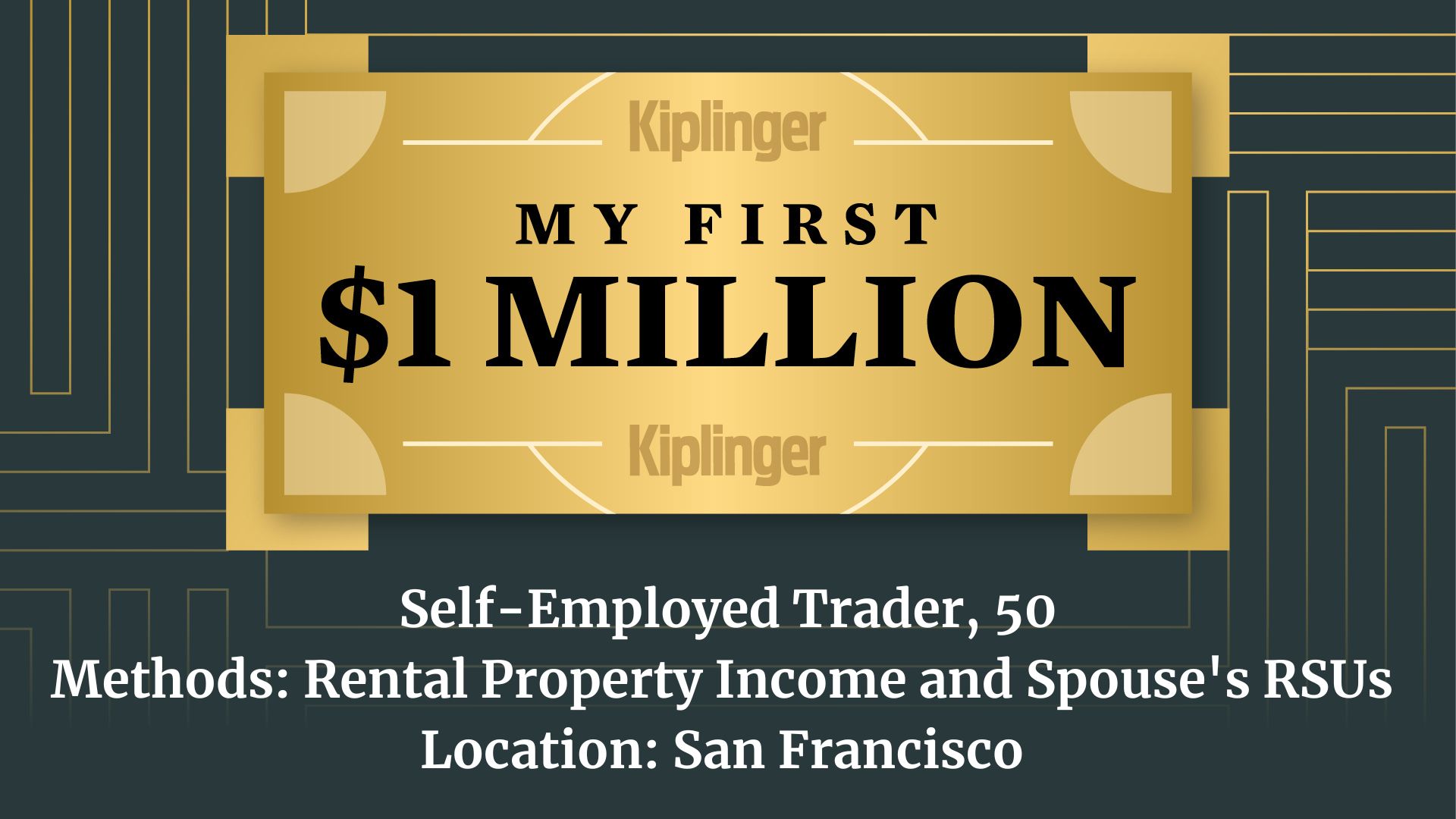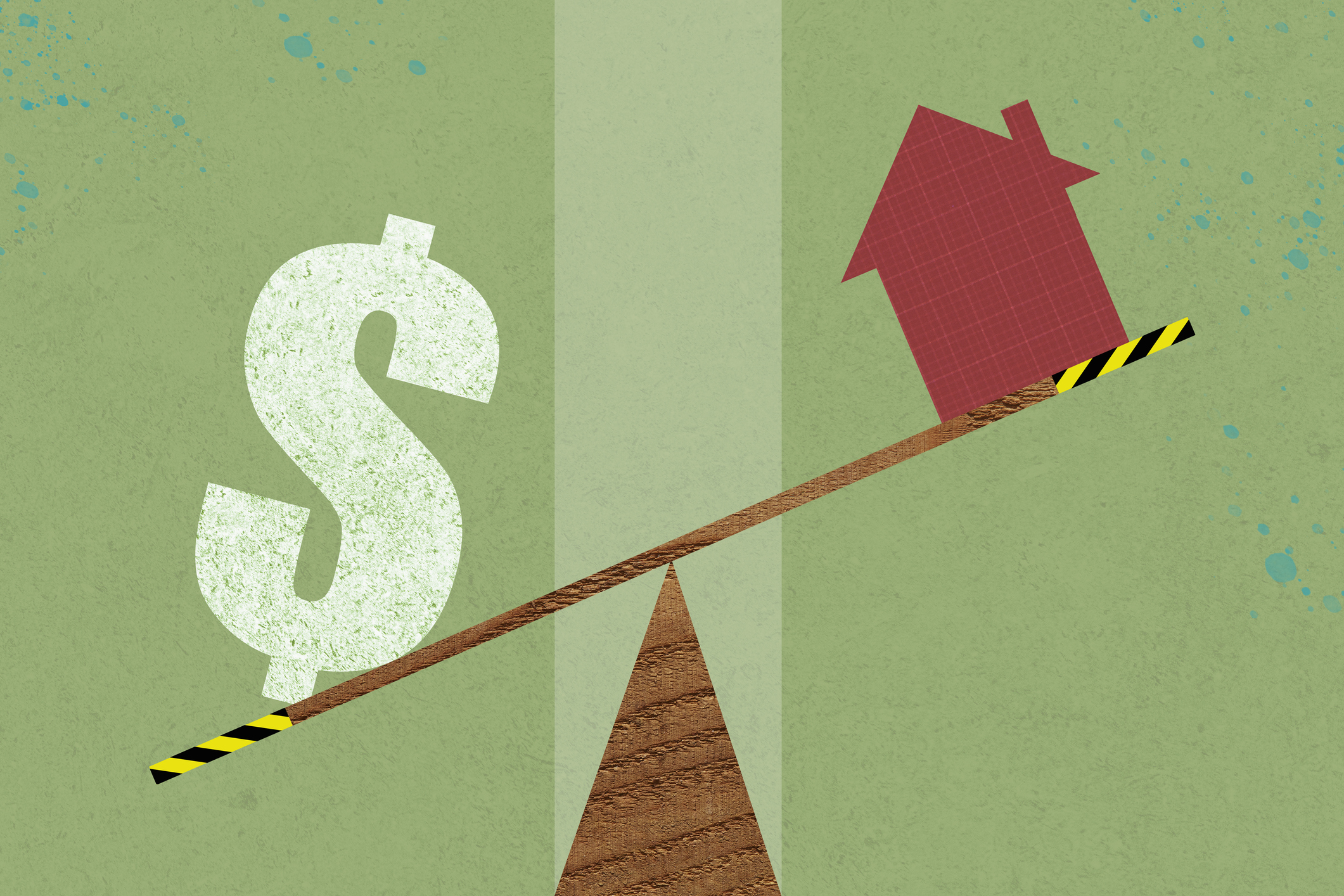Best One-Year CD Rates
The best 1-year CD rates are a smart way to achieve short-term savings goals and earn a rate that outpaces inflation.

Elena Terrazas Chesney
If you're looking for a safe place to store cash for short-term goals, certificates of deposit are worth considering. They offer guaranteed returns and FDIC insurance at most banks, making them a stable option for savings you won’t need right away.
Right now, 1-year CD rates can reach up to 4.05% APY, which allows your money to grow at a pace that keeps up with inflation without taking on market risk. Because the rate is fixed, you know exactly what you’ll earn over the term.
But rates might not stay this high. The Federal Reserve cut rates again in October, and banks often follow suit. Opening a CD now lets you lock in today’s higher APY before yields start to slide.
Here are some of the top 1-year CD rates
Account | APY | Min Deposit | Early Withdrawal Penalty |
|---|---|---|---|
4.05% | $1,000 | 3 months of interest | |
4.00% | $500 | 3 months of interest | |
3.90% | $500 | 3 months of interest | |
3.90% | $5,000 | 3 months of interest | |
3.85% | $1,000 | 3 months of interest | |
3.80% | $25,000 | 3 months of interest |
Why open a 1-year CD?
A one-year CD is ideal for saving money for short-term goals. I've used them in the past and found them to be successful in helping me achieve my goals.
Why? There are several reasons. One, I don't like losing money. And CDs force you to keep your money in them unless you want to lose months of earned interest.
The second reason is that you gain quick access to your cash. This is useful if inflation continues to climb, as you can pivot to investments that will earn you more.
In the meantime, use the tool below, powered by Bankrate, to help you find some of the best 1-year CD rates quickly:
The difference depends on whether you open an account with a bank (overseen by the FDIC) or credit union (regulated by NCUA). If your bank or credit union faces any financial trouble or closes, your deposits will be insured up to $250,000 per account (and up to $250,000 per person in a joint account).
You can even use the FDIC BankFind tool to check whether a bank is federally insured.
Opening a CD is also a great option if you're looking for a guaranteed rate of return on your savings. While CDs offer comparatively lower returns compared with higher-risk investment options, such as stocks or ETFs, they're a good choice if you value a fixed, predictable and safe return on your money.
Pros and cons of 1-year CDs
Before deciding whether a 1-year CD is the right fit for your savings strategy, it’s helpful to weigh the advantages and drawbacks.
Pros:
- CDs offer a risk-free way to save with guaranteed returns on your deposit
- Fixed rates on CDs mean that even if interest rates fall, the APY on your account will remain the same
- Most CD accounts from banks and credit unions are federally insured for up to $250,000
- Since you should only withdraw funds when your CD account matures, you won't be tempted to spend your money elsewhere
Cons:
- Accessing funds from a CD account isn't as easy as with a savings account. If you need to withdraw funds from a CD account before the maturity date, you'll be charged a fee, which will likely offset any interest earned
- Money can't be added to a CD once it has been opened
- Fixed rates on CDs mean that if rates increase, you'll miss out on potential earnings
- CDs have a lower earnings potential compared with stocks or mutual funds
When a 1-year CD makes sense
Short-term CDs give you the best of both worlds: You'll earn a healthy rate of return, and you have the flexibility to take advantage of better investment opportunities soon.
Keep in mind CDs work best when viewed as a park-your-money-and-forget-it type of vehicle. If you need quick access to your cash, a high-yield savings account might be the better option.
Related content
Profit and prosper with the best of Kiplinger's advice on investing, taxes, retirement, personal finance and much more. Delivered daily. Enter your email in the box and click Sign Me Up.

Sean is a veteran personal finance writer, with over 10 years of experience. He's written finance guides on insurance, savings, travel and more for CNET, Bankrate and GOBankingRates.
- Elena Terrazas ChesneyContributer
-
 10 New Year's Resolutions for Retiring in 2026
10 New Year's Resolutions for Retiring in 2026These New Year's resolutions will help you retire in 2026 with confidence in your financial strategy.
-
 How Much Would a $50,000 HELOC Cost Per Month?
How Much Would a $50,000 HELOC Cost Per Month?Thinking about tapping your home’s equity? Here’s what a $50,000 HELOC might cost you each month based on current rates.
-
 My First $1 Million: Self-Employed Trader, 50, San Francisco
My First $1 Million: Self-Employed Trader, 50, San FranciscoEver wonder how someone who's made a million dollars or more did it? Kiplinger's My First $1 Million series uncovers the answers.
-
 How Much Would a $50,000 HELOC Cost Per Month?
How Much Would a $50,000 HELOC Cost Per Month?Thinking about tapping your home’s equity? Here’s what a $50,000 HELOC might cost you each month based on current rates.
-
 My First $1 Million: Self-Employed Trader, 50, San Francisco
My First $1 Million: Self-Employed Trader, 50, San FranciscoEver wonder how someone who's made a million dollars or more did it? Kiplinger's My First $1 Million series uncovers the answers.
-
 Waiting for Retirement to Give to Charity? Here Are 3 Reasons to Do It Now, From a Financial Planner
Waiting for Retirement to Give to Charity? Here Are 3 Reasons to Do It Now, From a Financial PlannerYou could wait until retirement, but making charitable giving part of your financial plan now could be far more beneficial for you and the causes you support.
-
 Are You Ghosting Your Finances? What to Do About Your Money Stress
Are You Ghosting Your Finances? What to Do About Your Money StressAvoidance can make things worse. You can change your habits by starting small, talking with a family member or friend and being consistent and persistent.
-
 Your End of Year Insurance Coverage Review Checklist
Your End of Year Insurance Coverage Review ChecklistStop paying for insurance you don't need and close coverage gaps you didn't know about with this year-end insurance review.
-
 4 Smart Ways Retirees Can Give More to Charity, From a Financial Adviser
4 Smart Ways Retirees Can Give More to Charity, From a Financial AdviserFor retirees, tax efficiency and charitable giving should go hand in hand. After all, why not maximize your gifts and minimize the amount that goes to the IRS?
-
 I'm an Insurance Pro: If You Do One Boring Task Before the End of the Year, Make It This One (It Could Save You Thousands)
I'm an Insurance Pro: If You Do One Boring Task Before the End of the Year, Make It This One (It Could Save You Thousands)Who wants to check insurance policies when there's fun to be had? Still, making sure everything is up to date (coverage and deductibles) can save you a ton.
-
 Should You Tap Your Home Equity Before 2026?
Should You Tap Your Home Equity Before 2026?As borrowing rates and tax law shifts converge, here's what homeowners need to know before pulling equity out of their home.